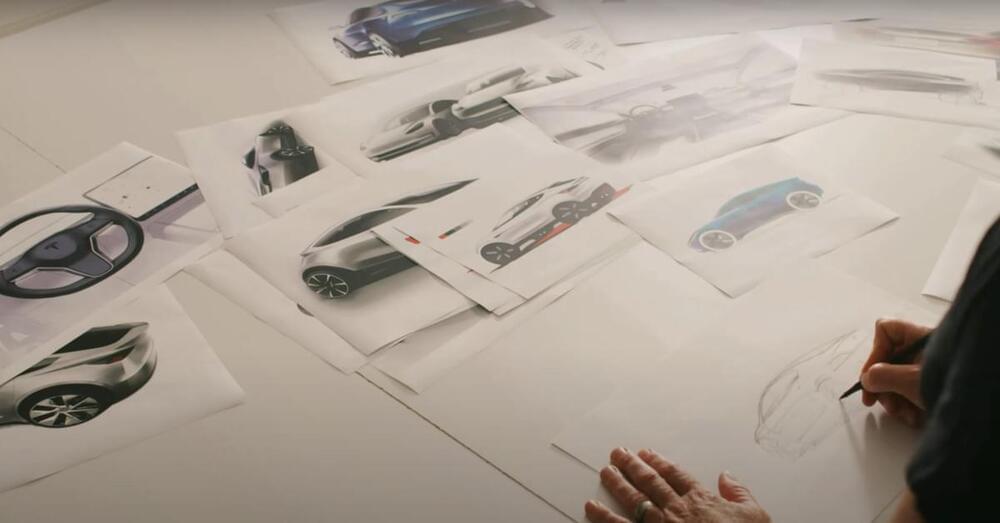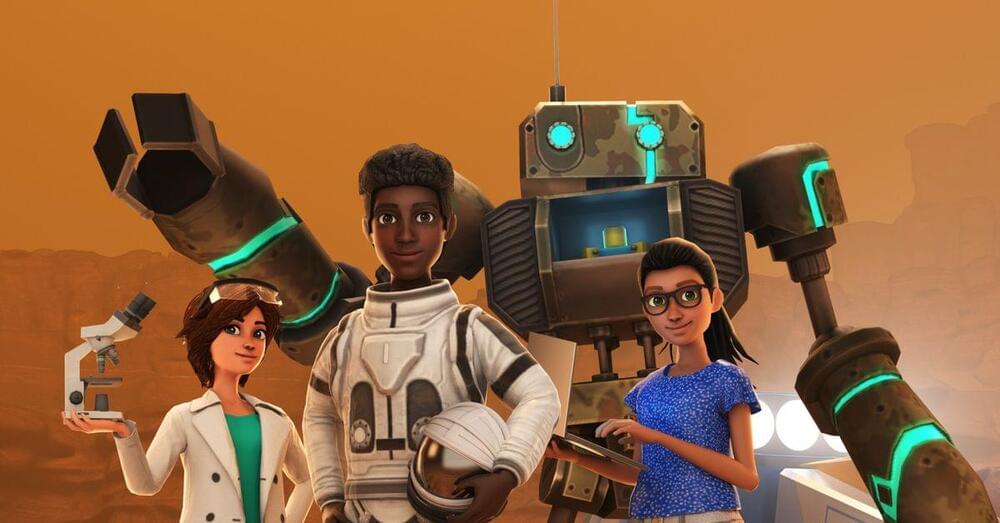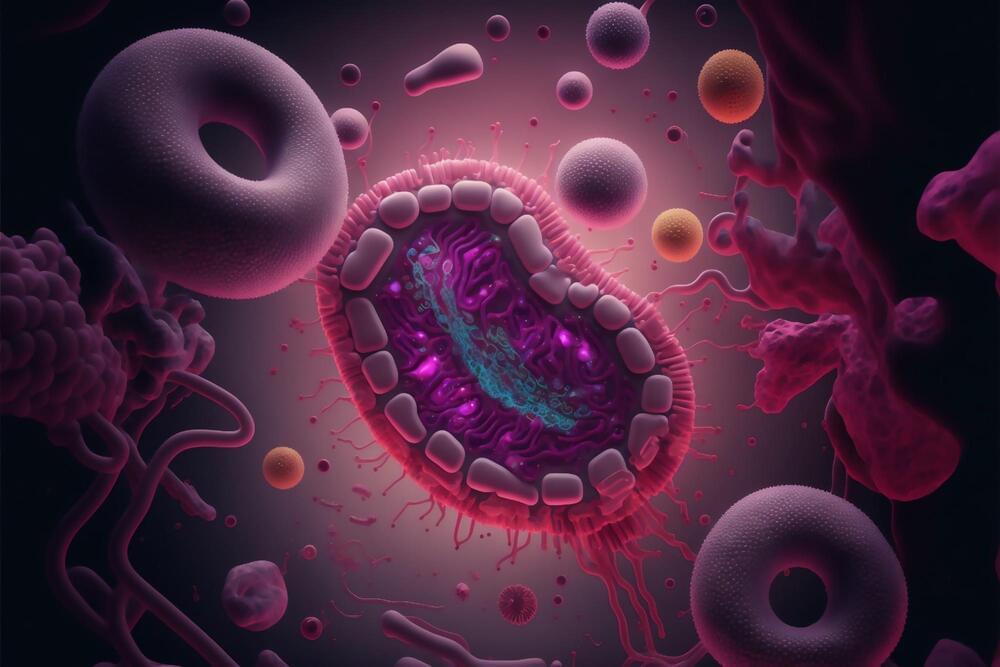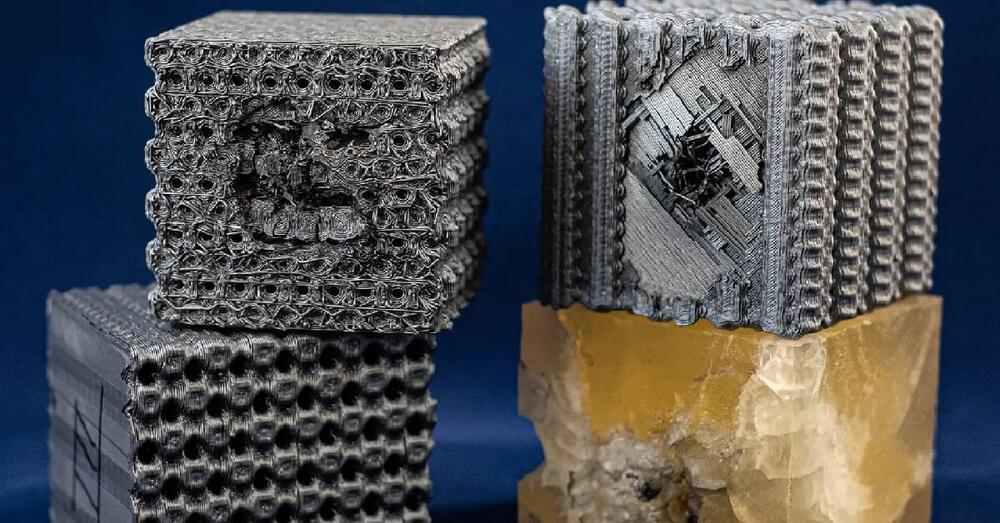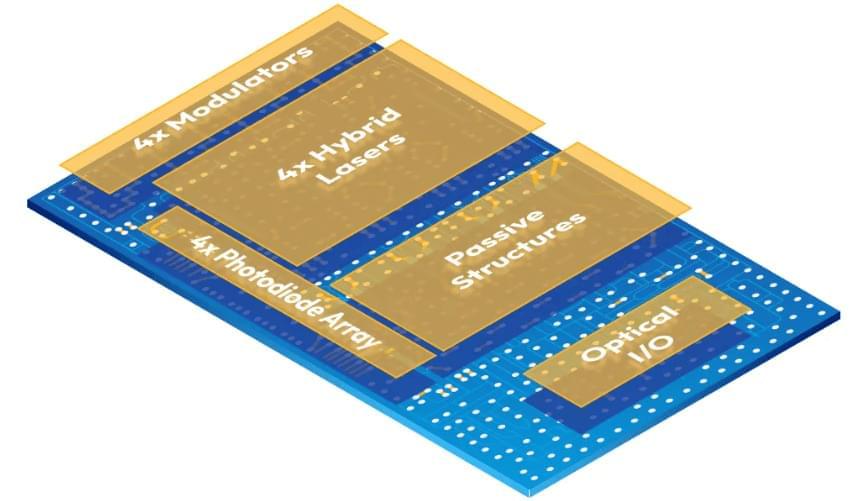The long-promised more affordable Tesla electric car might debut alongside an automated robotaxi.
Tesla is reportedly preparing to build a $25,000 electric car built on the company’s next-generation engineering platform. Axios.
The $25,000 car reportedly has a futuristic design like the long-delayed Cybertruck — the angular pickup truck that Tesla first revealed in 2019. The Cybertruck will supposedly begin production this year, with production-at-scale beginning in 2024.
Who knows when we’ll actually see a $25,000 Tesla.
